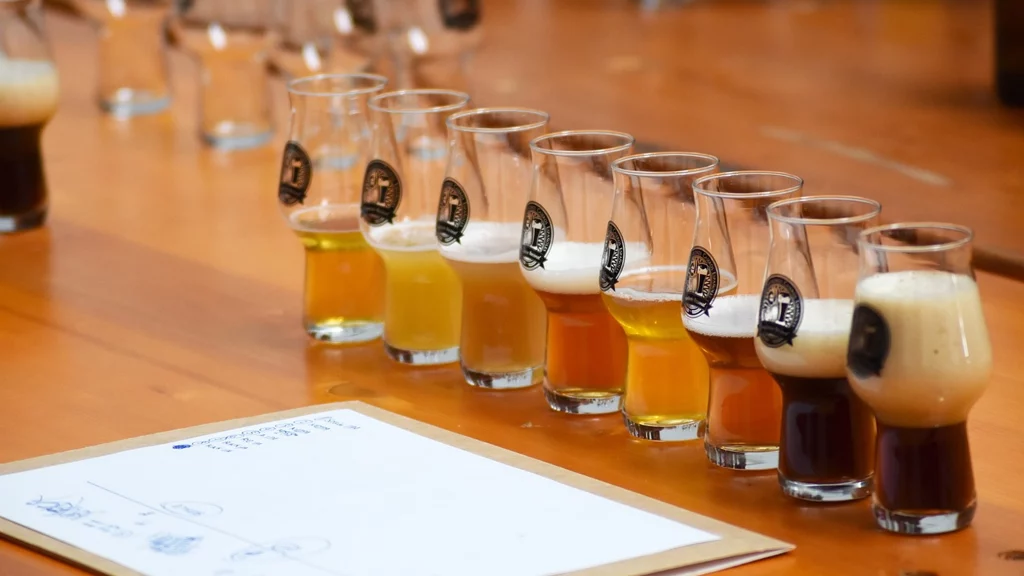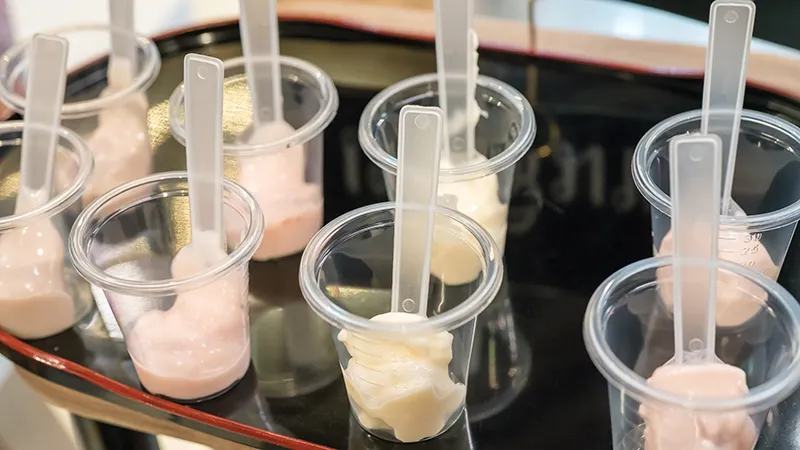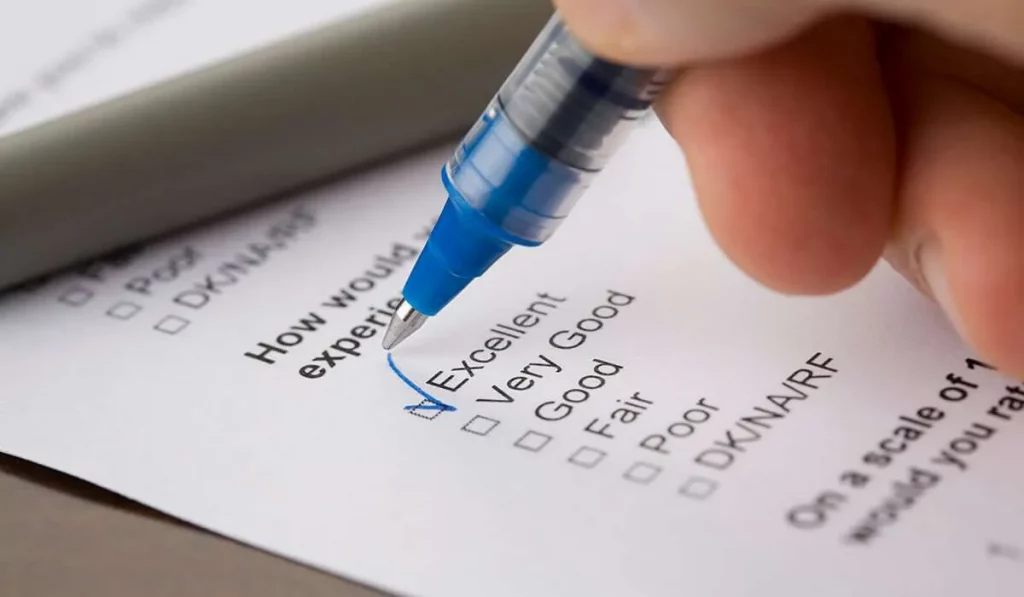The Ultimate Guide to Sensory Profiling in Consumer Research


Understanding consumer preferences and behaviors is pivotal for businesses looking to create products that truly resonate with their target market. Sensory profiling, a key component of consumer research, offers invaluable insights into how consumers perceive products through their senses, which can significantly influence their buying decisions. Wirral Sensory Services specialises in leveraging these insights to optimise product development and marketing strategies. In this comprehensive guide, we’ll explore the intricacies of sensory testing and why it’s an essential tool for anyone involved in product development and marketing.
Sensory profiling in consumer research refers to the scientific method used to measure, analyse, and interpret the responses of individuals to products as perceived by the senses of sight, smell, touch, taste, and hearing. It is a structured approach that involves a panel of trained assessors who describe the sensory characteristics of products and help in understanding consumer preferences. The process involves detailed testing with trained panels or consumer groups who provide objective data on the sensory attributes of a product. This data is crucial for understanding consumer preferences and improving product offerings.
Sensory testing plays a vital role in product development. It helps in identifying which product attributes are most liked or disliked by consumers. This information can be crucial when making decisions about product formulations, packaging, and marketing strategies. Sensory profiling provides actionable insights that can lead to the enhancement of existing products or the successful launch of new ones.

Sensory profiling is not a one-size-fits-all approach; it varies depending on the product and research goals. However, the general process typically involves several key steps:
Before any sensory test can begin, clear objectives must be set. What do you want to learn from the sensory profiling? Are you comparing your product with competitors’, or are you trying to understand the sensory attributes of a new product line? Once the goals are established, the test can be designed accordingly, considering factors such as the number of samples, attributes to be measured, and the environment in which the test will take place.
The sensory panel is the heart of sensory profiling. Panelists are typically screened for their sensory acuity and then trained to recognise and articulate the sensory attributes of the products being tested. The training ensures consistency in the evaluation and accuracy in the results.
During the sensory tests, panelists evaluate the products based on the predetermined set of attributes. The conditions of the testing environment are controlled to minimise external influences and distractions.
The data collected from the sensory tests are then analysed statistically to identify patterns and preferences. This analysis can reveal strengths and weaknesses in a product’s sensory attributes and guide product improvement or development.

Sensory profiling is more than just tasting a product; it’s a comprehensive examination of all the senses. Here’s why it’s important:
By utilising sensory profiling, companies can get a detailed understanding of what consumers prefer. This can lead to the development of products that better meet consumer expectations and, as a result, are more successful in the market.
Sensory profiling can identify which sensory attributes contribute to a product’s likeability, which can be crucial for product optimisation. Modifying a product based on sensory data can improve its acceptance among consumers.
Understanding the sensory attributes that are most appealing to consumers can also inform marketing strategies. Highlighting these attributes in advertising can resonate more with consumers and drive sales.
Sensory profiling helps identify the unique selling points of a product based on its sensory attributes, which can be used to differentiate it in the marketplace.
Regular sensory testing ensure consistency, helping maintain product quality and consumer trust over time.
By identifying potential product issues early in the development process, sensory profiling can save costs associated with product failures and recalls.

There are several techniques used in sensory profiling, each with its own set of applications:
This method involves a trained panel that provides a detailed description of the sensory attributes of a product. It’s one of the most comprehensive forms of sensory testing and can provide a deep understanding of a product’s sensory characteristics.
Discrimination testing is used to determine whether there are detectable differences between products. This can be useful when a company has made a change to a product and wants to know if that change is perceptible to consumers.
Affective testing, also known as consumer testing, is used to determine consumer preferences. It involves untrained consumers who provide feedback on how much they like or dislike a product.
While sensory profiling is a powerful tool, it comes with its own set of challenges:
Even with trained panelists, there can be a degree of subjectivity in the results. It’s essential to have a large enough panel and proper statistical analysis to ensure reliability.
Sensory profiling can be time-consuming and expensive. It requires the recruitment and training of panelists, as well as the creation of a controlled testing environment.
Consumer preferences can change rapidly, and sensory profiling needs to adapt accordingly. Ongoing research and flexibility in the process are necessary to stay relevant.

To illustrate the power of sensory profiling, let’s look at a few real-world examples of successful sensory profiling from Wirral Sensory Services.
Wirral Sensory Services used sensory profiling to test various flavor formulations for a national brewery . The results helped them identify the most preferred flavors, which led to the successful launch of a new line of craft beers that outperformed expectations.
A snack brand was losing market share and utilised sensory profiling to understand why. The insights gained from working with Wirral Sensory Services led to recipe adjustments that improved taste and texture, resulting in regained popularity and increased sales.

In the competitive landscape of consumer goods, sensory profiling stands out as a critical tool for understanding and catering to consumer preferences. By integrating sensory testing into their research and development processes, companies can make informed decisions that lead to successful products.
With its ability to provide detailed insights into how consumers perceive products, sensory profiling in consumer research offers a strategic advantage for businesses aiming to enhance their offerings and achieve market success.
Remember, the ultimate goal of sensory profiling is not just to collect data but to translate that data into tangible improvements in product design, marketing, and overall consumer satisfaction.
At Wirral Sensory Services, we are dedicated to helping businesses harness the power of sensory insights to achieve remarkable success in their markets. Whether you are in the food and beverage industry, personal care, or any other sector, our team is here to help you understand and optimise your products’ sensory attributes. Get in touch to discover more about how our sensory profiling services can elevate your consumer research efforts.